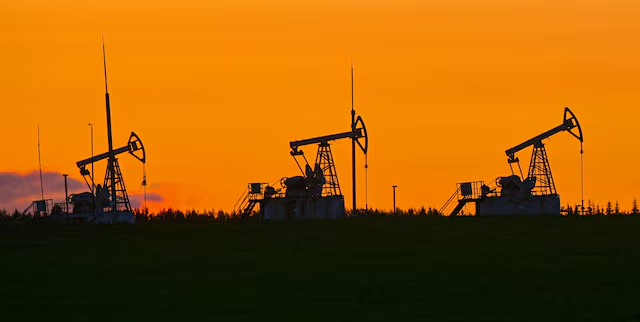Pakistan’s domestic oil and gas production has experienced a consistent decline over the past several years, driven by policy inconsistencies and security concerns in regions rich in hydrocarbons.
Official data reveals a steady drop in oil and gas output over the last five to six years, contributing to greater reliance on costly energy imports, which has placed added pressure on the country’s foreign exchange reserves.
According to figures from Pakistan Petroleum Information Services, local oil production stood at 76,734 barrels of oil per day (bopd) in FY20. This figure decreased to 75,497 bopd in FY21, 73,815 bopd in FY22, and further to 69,514 bopd in FY23. While there was a slight recovery to 70,524 bopd in FY24, production dropped again to 62,395 bopd in FY25.
Similarly, gas production saw a downward trend. In FY20, output was recorded at 3,598 million cubic feet per day (mmcfd), dropping to 3,505 mmcfd in FY21, 3,390 mmcfd in FY22, and 3,259 mmcfd in FY23. It further declined to 3,116 mmcfd in FY24 and 2,885 mmcfd in FY25.
This decline was evident across major producing fields such as Qadirpur, Sui, Uch, and Mari, all of which registered reduced output. Industry insiders point to the exit of several foreign firms from Pakistan’s upstream energy sector, citing inconsistent policies and weak enforcement.
One official noted, “Security concerns have hampered exploration in parts of Balochistan and Khyber Pakhtunkhwa (KP), but the more pressing issues are policy-related,” including inadequate tax incentives, difficulties in repatriating profits, and technical barriers in block allocation, which have deterred foreign investment.
Furthermore, the ongoing circular debt crisis has affected payments to companies in the sector, further dampening investor confidence.




